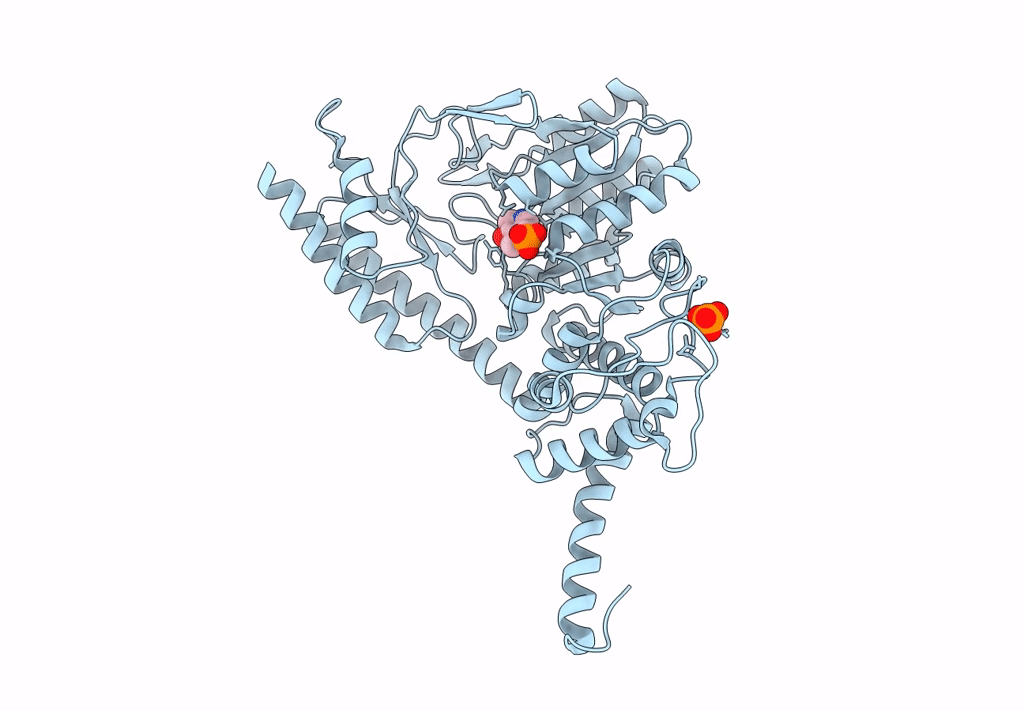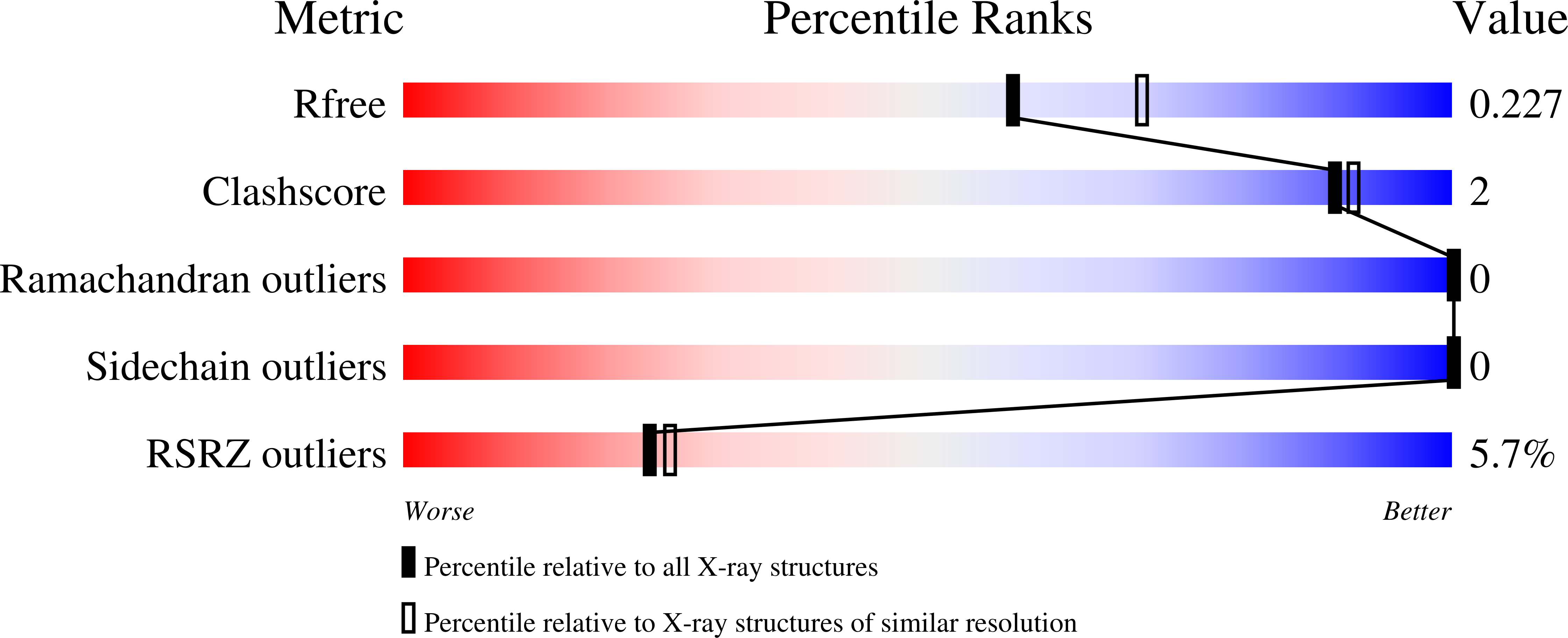
Deposition Date
2020-12-15
Release Date
2022-02-09
Last Version Date
2024-10-23
Method Details:
Experimental Method:
Resolution:
2.25 Å
R-Value Free:
0.22
R-Value Work:
0.19
R-Value Observed:
0.19
Space Group:
P 6 2 2


